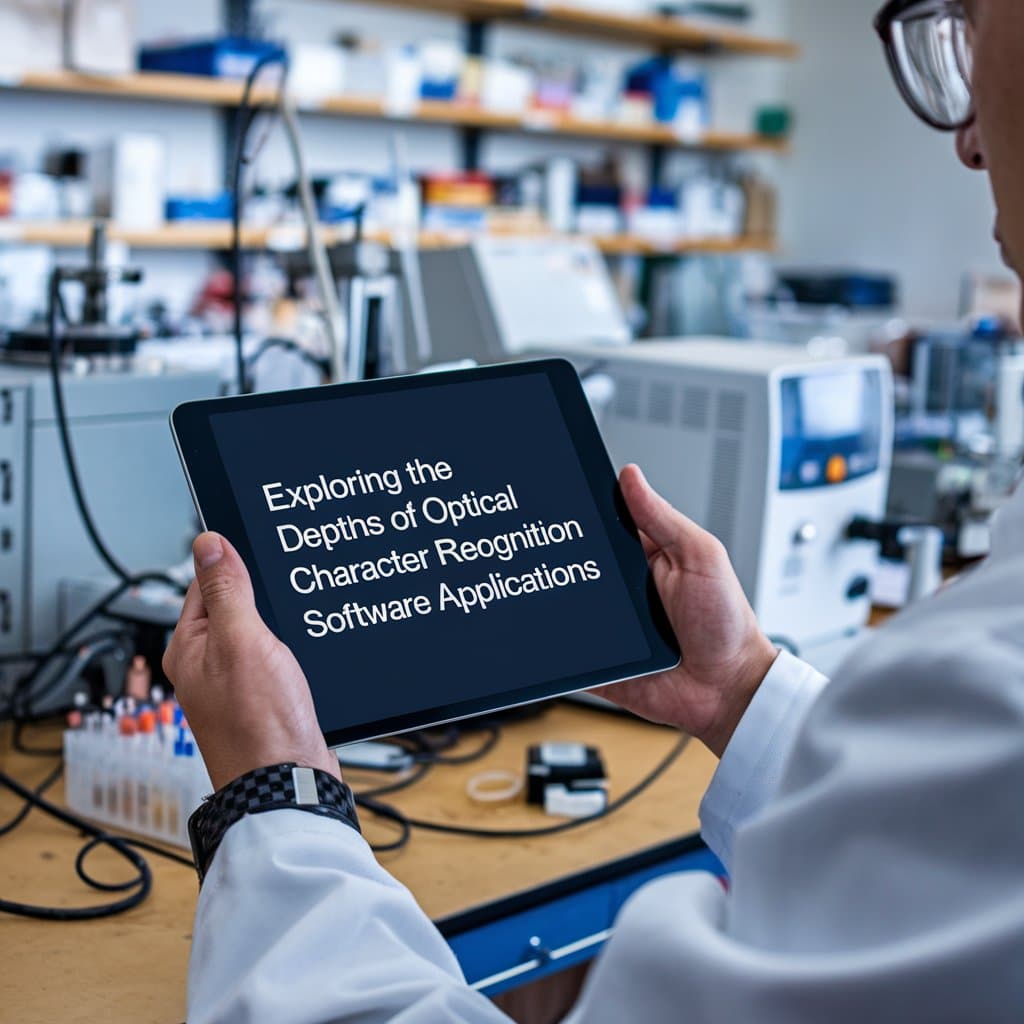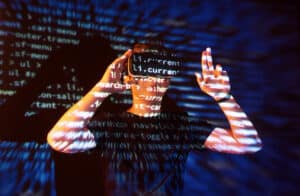Optical Character Recognition (OCR) technology is transforming how businesses manage digital data. Did you know that OCR can increase efficiency in document management systems by converting images, like JPEGs, into editable text? This article will explore the diverse applications of OCR software across various industries, practical use cases in everyday life, and how it integrates with emerging technologies. Readers will learn how OCR can streamline processes, enhance text mining, and improve audit accuracy, addressing common challenges in data handling and accessibility.
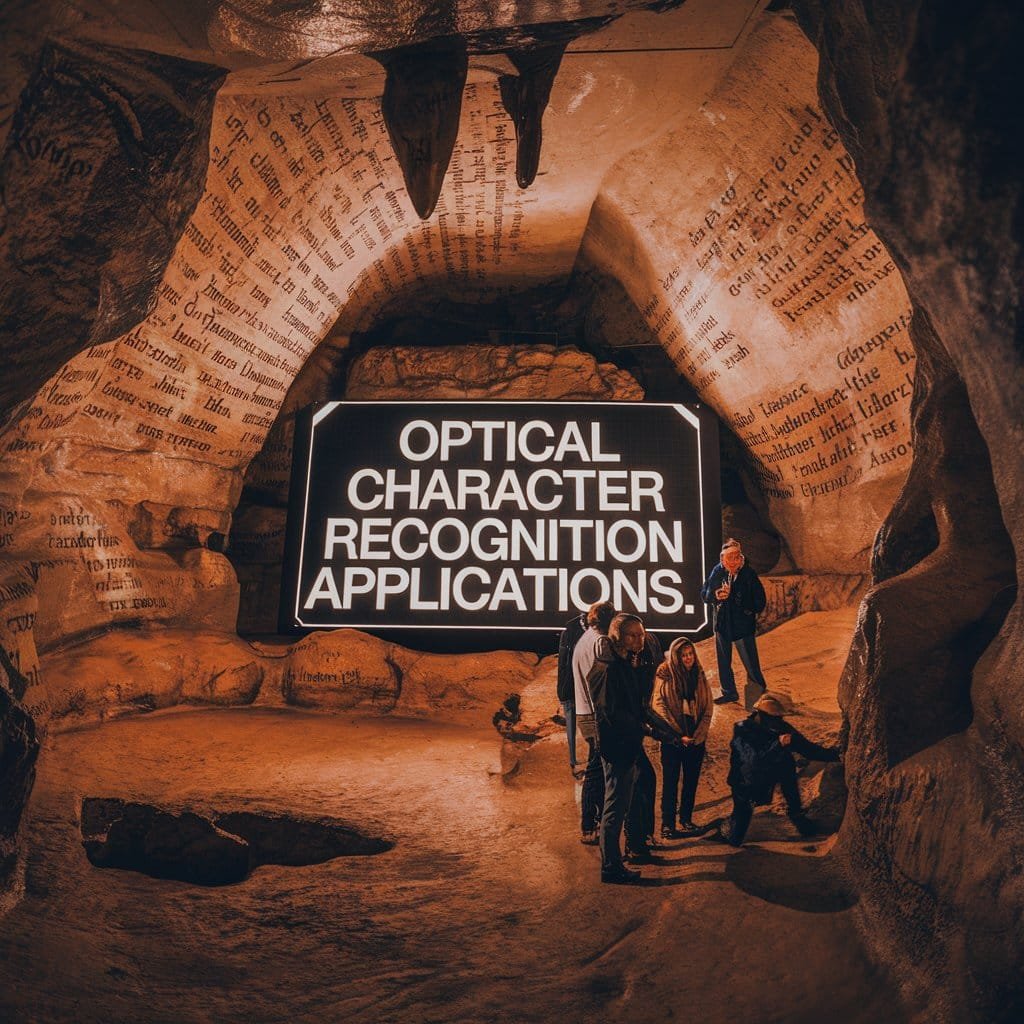
Key Takeaways
- OCR technology converts printed and handwritten text into machine-readable formats for efficient data processing
- Advanced algorithms improve OCR accuracy by recognizing various fonts and handwriting styles over time
- Integration with cloud solutions enhances scalability and security for sensitive document management
- OCR plays a crucial role in industries like finance, healthcare, and legal for automating workflows
- The combination of OCR with AI and machine learning drives further advancements in text recognition capabilities
Understanding Optical Character Recognition (OCR) Technology
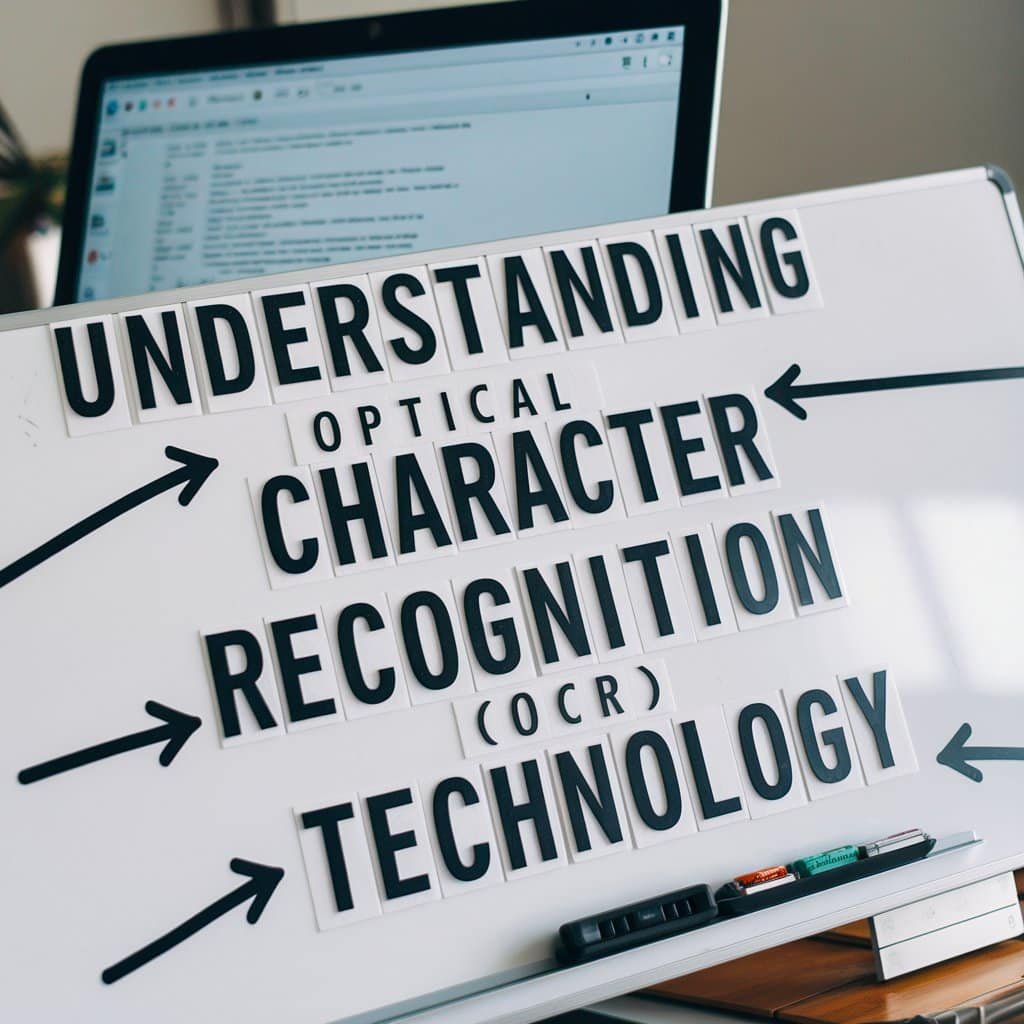
Optical Character Recognition (OCR) technology involves parsing printed or handwritten text into machine-readable data. This section will explore the evolution of OCR from its early days to modern applications, highlighting key components such as image preprocessing and character recognition algorithms. Additionally, it will discuss how OCR integrates with tools like text editors and web browsers, and its role in batch processing and natural language processing.
Defining OCR and Its Core Principles
Optical Character Recognition (OCR) technology converts printed or handwritten text into machine-readable data, enabling computers to interpret and process textual information. At its core, OCR relies on image resolution to capture clear and accurate representations of text. Higher image resolution enhances the quality of the input, which is crucial for effective character recognition and subsequent data extraction.
One of the fundamental principles of OCR is intelligent word recognition, which allows the software to understand context and differentiate between similar characters. This capability is essential for improving accuracy, especially in documents with varying fonts and layouts. By leveraging advanced algorithms, OCR systems can analyze text patterns and make educated guesses about ambiguous characters, significantly reducing errors in data conversion.
Incorporating analytics into OCR applications further enhances their functionality. By analyzing the extracted text, users can gain insights into document content, making it easier to index and retrieve information through search engines. Additionally, the integration of computer vision techniques allows OCR systems to process images more effectively, ensuring that the text is not only recognized but also contextualized within its visual environment.
The Evolution of OCR From Past to Present
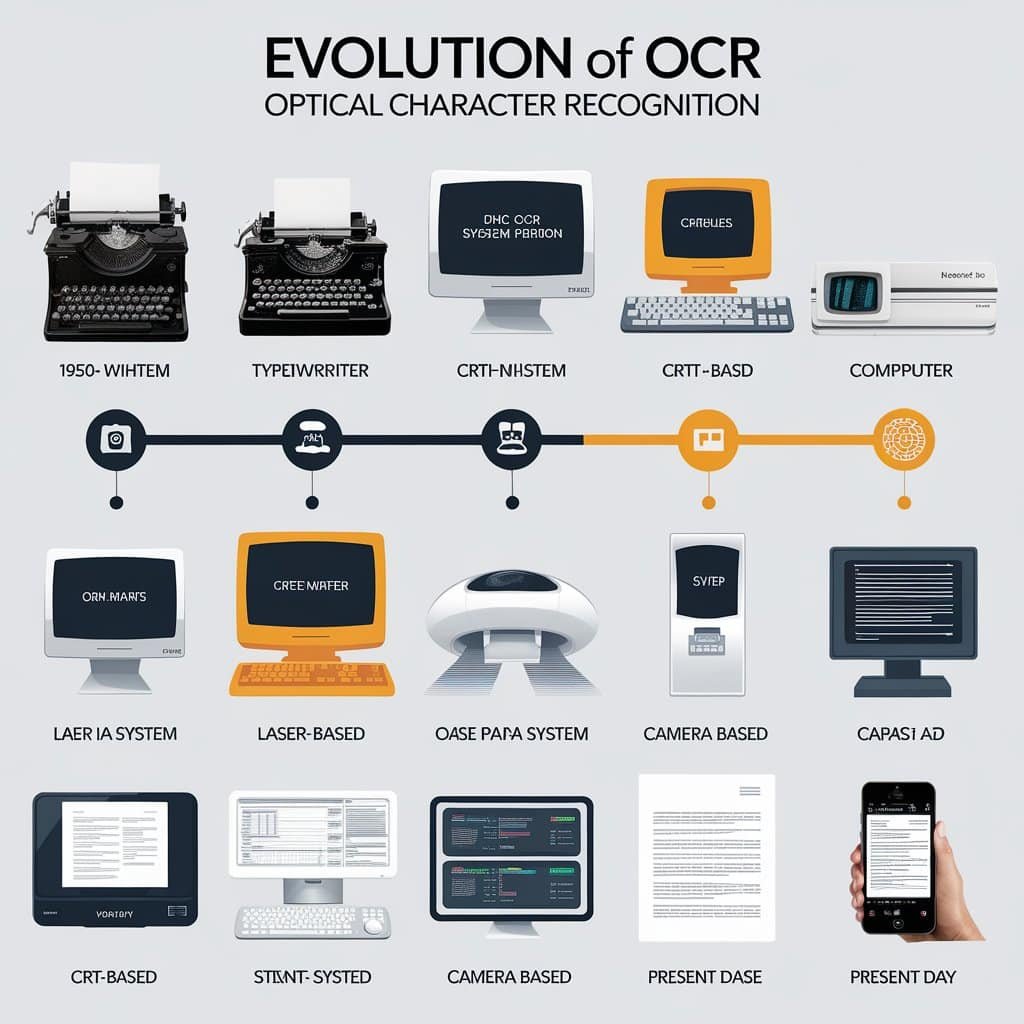
The evolution of Optical Character Recognition (OCR) technology has significantly transformed how businesses manage and process information. Initially, OCR systems were limited to recognizing printed text, which restricted their efficiency in handling diverse document types. As technology advanced, OCR began to incorporate handwriting recognition, allowing users to digitize handwritten notes and business cards, thus broadening its application in various sectors.
In recent years, OCR software has integrated seamlessly with popular applications like Microsoft Excel, enhancing data entry processes. This integration allows users to convert scanned documents into editable spreadsheets, streamlining workflows and reducing manual input errors. The ability to extract data from images and convert it into machine-readable formats has proven invaluable for businesses seeking to improve operational efficiency.
Today, OCR technology continues to evolve, incorporating machine learning algorithms that enhance accuracy and adaptability. These advancements enable OCR systems to learn from user interactions, improving their ability to recognize different fonts and handwriting styles over time. As a result, businesses can rely on OCR to automate data extraction and processing, ultimately saving time and resources while increasing productivity.
Key Components of OCR Systems
Key components of Optical Character Recognition (OCR) systems include image preprocessing, character recognition algorithms, and spatial analysis techniques. Image preprocessing enhances the quality of the input by adjusting factors such as brightness and contrast, ensuring that the text is clear and legible. This step is crucial for converting various image file formats into machine-readable data, particularly when dealing with electronic documents that may contain complex layouts.
Character recognition algorithms play a vital role in accurately interpreting the text extracted from images. These algorithms utilize machine learning to improve their performance over time, adapting to different fonts and handwriting styles. For businesses engaged in invoice processing, effective character recognition can significantly reduce manual data entry errors, streamlining workflows and enhancing overall efficiency.
Additionally, the integration of enterprise software with OCR systems allows for seamless data management and retrieval. By leveraging advanced analytics and spatial analysis, organizations can gain valuable insights from the extracted text, making it easier to index and search through large volumes of electronic documents. This capability not only improves operational efficiency but also supports informed decision-making across various business functions.
OCR technology is more than just a tool; it transforms how we interact with text. Its impact stretches across various industries, revealing a world of diverse applications waiting to be explored.
Diverse Applications of OCR Software in Modern Industries
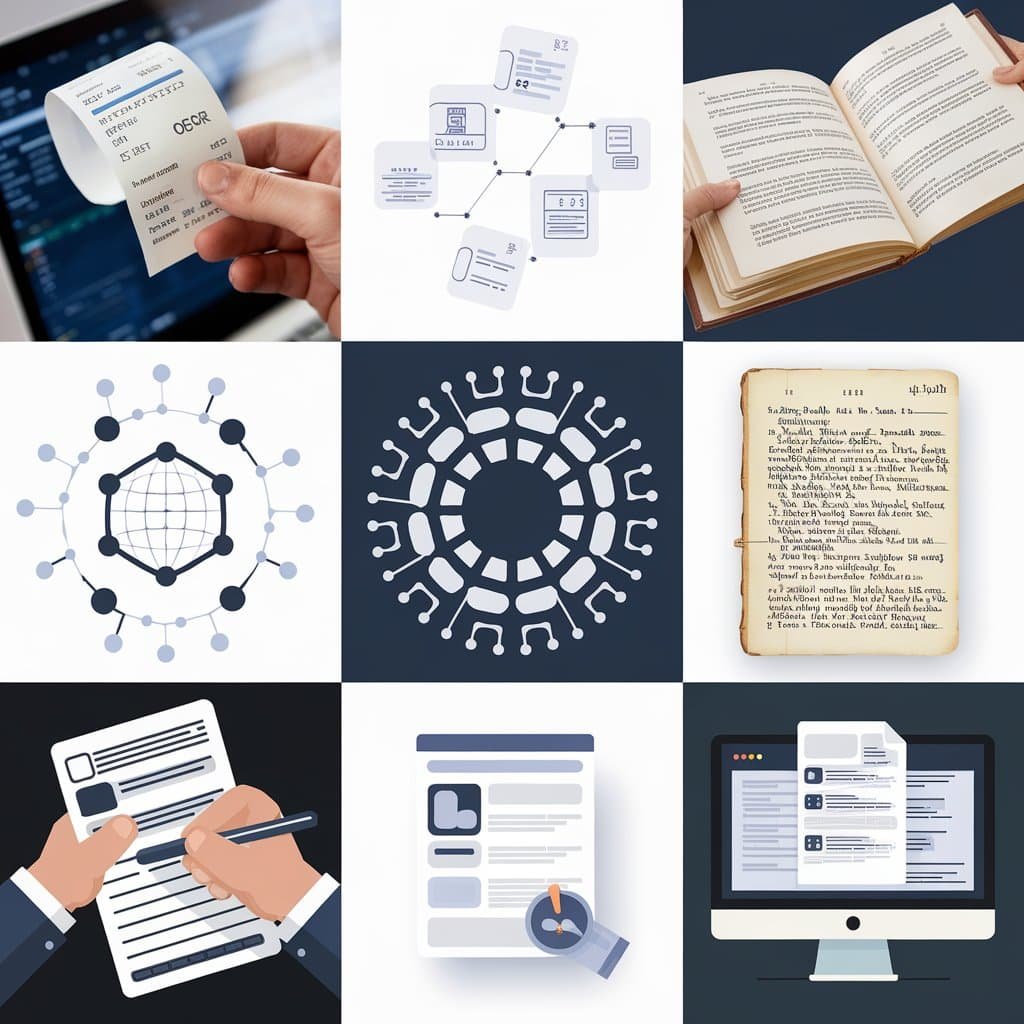
Optical character recognition (OCR) software plays a crucial role in various industries by enhancing document management and workflow automation. It improves accessibility for individuals with visual impairments, streamlines data entry in banking and finance, advances healthcare through digital record keeping, and revolutionizes legal document processing. Each of these applications demonstrates the practical benefits of OCR technology, including mobile app integration and effective page layout management, making it an invaluable tool in the English language processing landscape.
Enhancing Document Management and Workflow Automation
Optical Character Recognition (OCR) software significantly enhances document management by automating the conversion of printed and handwritten text into digital formats. This technology allows organizations to efficiently process documents, including those written in cursive, which can often be challenging for traditional data entry methods. By integrating OCR with existing systems, businesses can streamline workflows, reducing the time spent on manual data entry and improving overall productivity.
Incorporating advanced word recognition capabilities, OCR software can accurately interpret various fonts and styles, including cursive handwriting. This feature is particularly beneficial in industries such as healthcare and finance, where accurate data extraction from forms and documents is critical. By utilizing OCR, organizations can minimize errors associated with manual entry, similar to how a spell checker enhances written communication by identifying mistakes.
The integration of OCR technology with tools like Xerox printers further optimizes workflow automation. By scanning documents directly into digital systems, businesses can eliminate the need for physical storage and improve accessibility. This seamless transition from paper to digital not only enhances document management but also supports better collaboration among teams, allowing for quicker decision-making and improved operational efficiency.
Improving Accessibility for Individuals With Visual Impairments
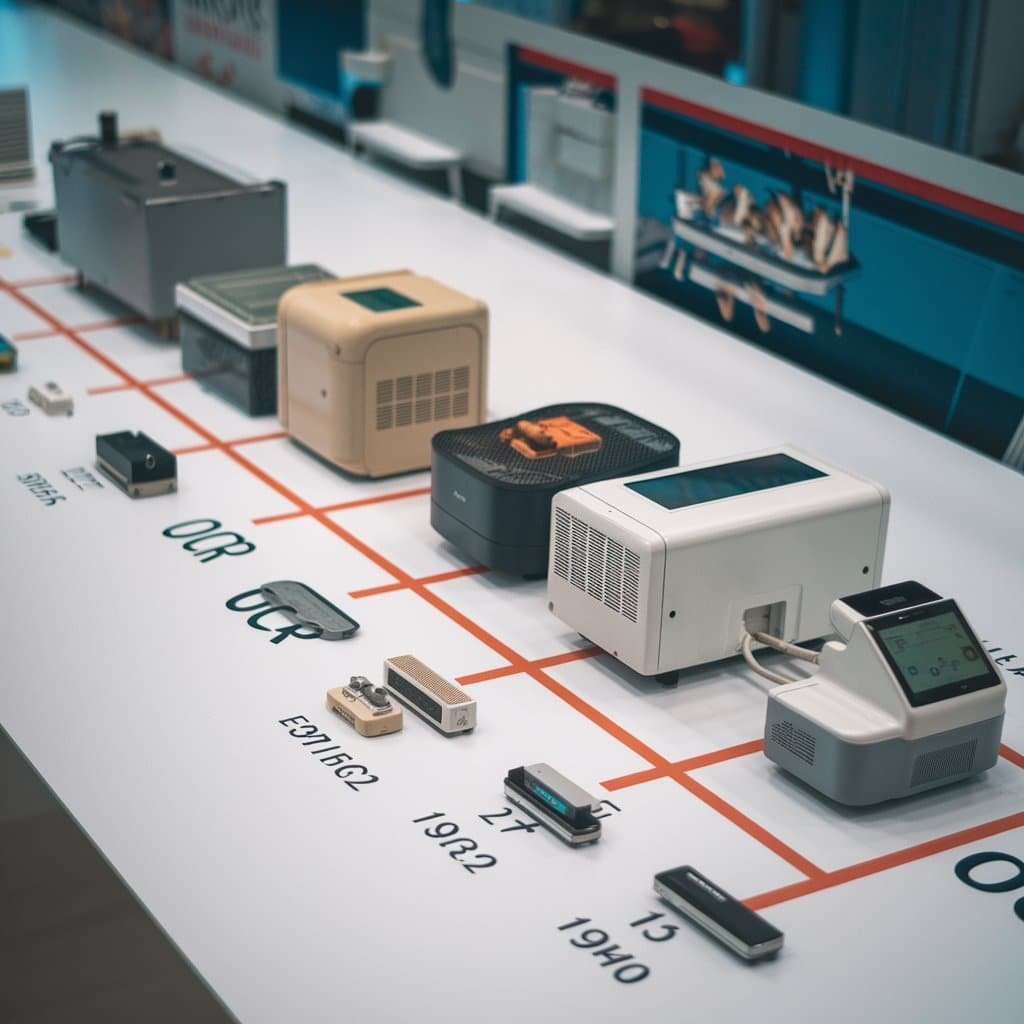
Optical Character Recognition (OCR) technology significantly enhances accessibility for individuals with visual impairments by converting printed text into digital formats. By utilizing advanced algorithms, OCR software can transform physical documents into digital images that can be read aloud by screen readers. This digitization process allows users to access a wide range of materials, from books to forms, improving their ability to engage with written content.
Furthermore, the integration of OCR with cloud storage solutions enables users to store and retrieve digitized documents easily. This accessibility feature is crucial for individuals who may not have the means to access physical copies of important documents. By ensuring that these materials are available in a digital format, OCR technology empowers users to manage their information independently and efficiently.
In addition to improving access to written content, OCR software also supports the creation of accessible documents. By ensuring that scanned text is properly formatted and tagged, organizations can produce materials that are compliant with accessibility standards. This commitment to accessibility not only benefits individuals with visual impairments but also fosters an inclusive environment for all users, demonstrating the broader impact of OCR technology in modern industries.
| Application | Description | Benefits |
|---|---|---|
| Document Digitization | Converts printed text into digital formats. | Improves access to written content for visually impaired users. |
| Cloud Storage Integration | Stores digitized documents in the cloud. | Facilitates easy retrieval and management of important documents. |
| Accessible Document Creation | Formats scanned text for compliance with accessibility standards. | Promotes inclusivity and supports users with visual impairments. |
Streamlining Data Entry in Banking and Finance
In the banking and finance sectors, Optical Character Recognition (OCR) software plays a pivotal role in streamlining data entry processes. By utilizing the best text recognition app, financial institutions can automate the extraction of information from invoices and receipts, significantly reducing the time spent on manual data entry. This efficiency not only enhances productivity but also minimizes errors, which is crucial for maintaining accurate financial records.
OCR technology integrates seamlessly with accounting software, allowing for a smooth interface between scanned documents and digital systems. For accounts payable departments, this integration means that invoices can be processed quickly and accurately, ensuring timely payments to customers and vendors. The ability to convert physical documents into digital formats facilitates better tracking and management of financial transactions.
Moreover, the implementation of OCR in banking enhances customer service by enabling faster response times. When customer inquiries involve document verification, OCR allows staff to retrieve and process information swiftly. This capability not only improves operational efficiency but also fosters a more responsive environment, ultimately leading to higher customer satisfaction and loyalty.
Advancing Healthcare Through Digital Record Keeping
Optical Character Recognition (OCR) technology is transforming healthcare by enabling efficient digital record keeping. By converting handwritten notes and printed documents into machine-readable text files, healthcare providers can streamline patient data management. This process not only enhances accessibility but also supports regulatory compliance by ensuring that records are easily retrievable and accurately maintained.
Incorporating OCR into business software allows healthcare organizations to automate the processing of invoices and other essential documents. This automation reduces the time spent on manual data entry, minimizing errors and improving overall operational efficiency. For instance, when a hospital receives an invoice, OCR can quickly extract relevant information, allowing for faster processing and payment, which is crucial for maintaining good relationships with suppliers.
Furthermore, the integration of optical mark recognition (OMR) with OCR systems enhances data collection from patient surveys and forms. This combination allows healthcare facilities to gather valuable insights while ensuring that patient information is accurately recorded and stored. By leveraging these technologies, healthcare providers can focus more on patient care and less on administrative tasks, ultimately leading to improved service delivery and patient satisfaction:
- Streamlined patient data management through digital record keeping.
- Automated invoice processing to enhance operational efficiency.
- Improved data collection from patient surveys using OMR and OCR integration.
Revolutionizing Legal Document Processing
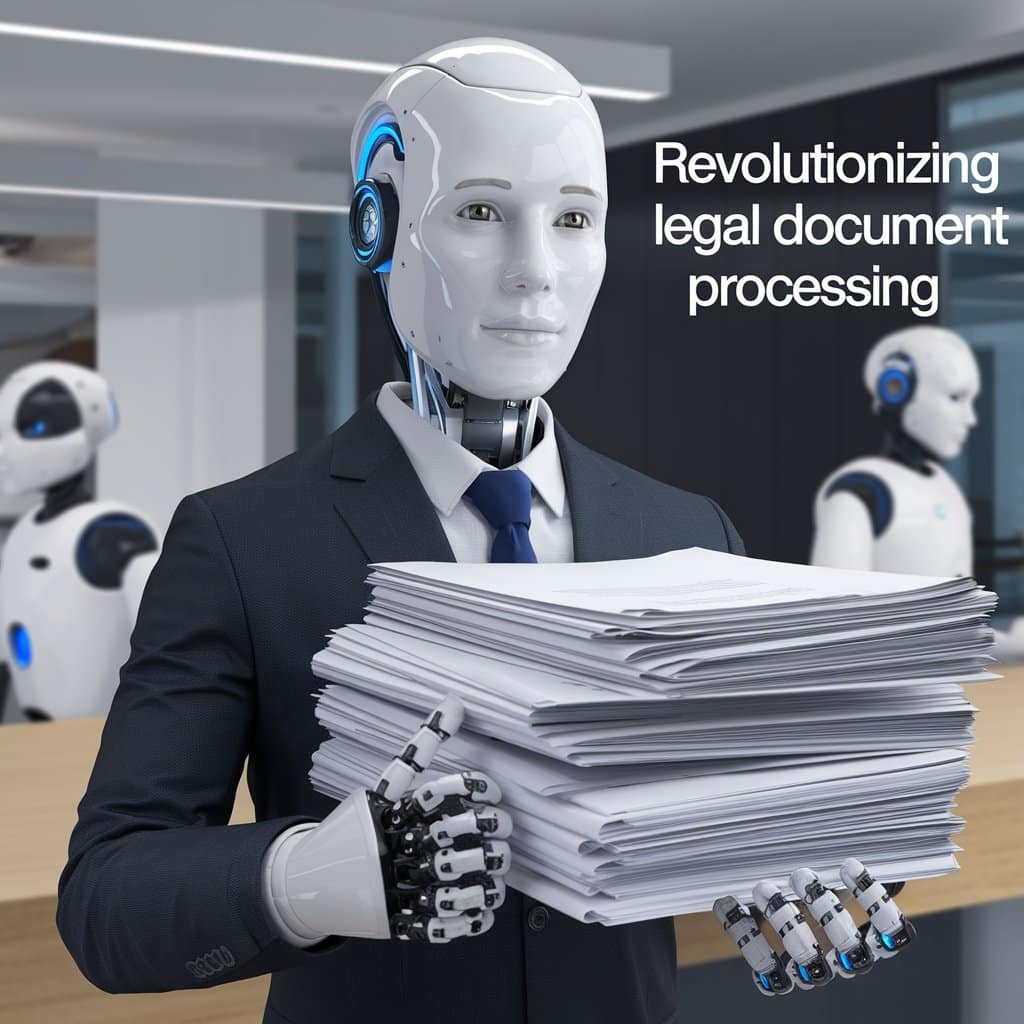
Optical Character Recognition (OCR) technology is transforming legal document processing by automating the extraction of information from unstructured data. This capability allows law firms to convert physical documents into digital formats quickly, facilitating easier access and management of case files. By utilizing image analysis, OCR systems can accurately interpret various document types, ensuring that critical information is readily available for legal professionals.
In the legal sector, the integration of OCR with data entry processes significantly reduces the time spent on manual documentation. This efficiency not only streamlines workflows but also minimizes the risk of human error, which is crucial in maintaining the integrity of legal records. Furthermore, the ability to perform data mining on digitized documents enables lawyers to uncover valuable insights and patterns that can inform case strategies.
As legal practices increasingly rely on digital solutions, OCR technology plays a vital role in enhancing overall productivity. By automating routine tasks, legal professionals can focus on more complex aspects of their work, such as client interactions and case analysis. This shift not only improves operational efficiency but also supports better decision-making in legal proceedings:
| Application | Description | Benefits |
|---|---|---|
| Document Digitization | Converts physical legal documents into digital formats. | Improves access to case files and reduces physical storage needs. |
| Data Entry Automation | Streamlines the input of information from scanned documents. | Minimizes errors and saves time in document processing. |
| Data Mining | Analyzes digitized documents for insights and patterns. | Enhances case strategies and decision-making processes. |
OCR software shapes industries, but its true power lies in daily life. From scanning receipts to reading signs, its practical use cases touch everyone.
OCR in Everyday Life: Practical Use Cases

Optical Character Recognition (OCR) software finds practical applications in various aspects of everyday life. It plays a crucial role in digitizing historical archives and libraries, enabling efficient information retrieval. Additionally, OCR facilitates text extraction in mobile applications, enhances license plate recognition for traffic management, and assists in receipt scanning for personal finance management. Each of these applications showcases the system‘s ability to leverage machine learning for effective data extraction.
Digitizing Historical Archives and Libraries
Digitizing historical archives and libraries through Optical Character Recognition (OCR) technology significantly enhances access to valuable information. By converting printed texts into machine-readable formats, OCR enables researchers and historians to efficiently search and retrieve documents. This process often employs deep learning techniques and neural networks, which improve the accuracy of text recognition, making it easier to preserve and share historical materials.
In many libraries, OCR software integrates with word processors to facilitate the editing and formatting of digitized texts. This integration allows users to create searchable databases of historical documents, which can be accessed by anyone interested in exploring the past. The ability to convert scanned images into editable text not only streamlines the digitization process but also supports machine translation, enabling broader access to documents in multiple languages.
Enabling Text Extraction in Mobile Applications

Optical Character Recognition (OCR) technology plays a vital role in mobile applications by enabling text extraction from various sources, including handwritten notes and printed documents. With advancements in handwriting recognition, users can easily digitize their notes, making it simpler to organize and retrieve information. This capability enhances productivity, allowing individuals to focus on their tasks without the burden of manual data entry.
Mobile applications that utilize OCR often incorporate pattern matching algorithms to improve accuracy in text recognition. For instance, users can scan receipts or business cards, and the application will automatically extract relevant information, such as names and amounts. This seamless integration not only saves time but also reduces the likelihood of errors, ensuring that users maintain accurate records of their transactions.
Furthermore, the integration of cloud services, such as Google Cloud, enhances the functionality of OCR in mobile applications. By leveraging cloud-based encryption, users can securely store and access their digitized documents from anywhere. This combination of OCR technology and cloud solutions provides a robust framework for managing information, empowering users to streamline their workflows and maintain data security effectively.
Facilitating License Plate Recognition for Traffic Management
Optical Character Recognition (OCR) technology plays a significant role in facilitating license plate recognition for traffic management systems. By converting images of license plates into machine-readable text, OCR enables law enforcement and traffic authorities to efficiently monitor vehicle movements. This capability is essential for various applications, including automated toll collection, parking management, and identifying stolen vehicles.
Modern OCR systems, such as those powered by IBM Watson, utilize advanced algorithms to enhance accuracy in recognizing characters on license plates. These systems can process images in real-time, converting them into a structured database that allows for quick retrieval and analysis. The integration of speech synthesis technology can further improve user interaction, enabling voice commands for accessing information related to specific vehicles.
Incorporating OCR into traffic management not only streamlines operations but also supports effective editing of vehicle records in digital formats. By maintaining an organized database, authorities can easily update and manage information related to vehicle registrations and violations. This efficiency ultimately leads to improved traffic safety and better resource allocation for law enforcement agencies:
| Application | Description | Benefits |
|---|---|---|
| License Plate Recognition | Converts images of license plates into machine-readable text. | Enhances vehicle monitoring and identification. |
| Real-Time Processing | Processes images instantly for immediate data access. | Improves response times for traffic management. |
| Database Management | Organizes vehicle information for easy retrieval. | Streamlines record-keeping and updates. |
Assisting in Receipt Scanning for Personal Finance

Optical Character Recognition (OCR) technology plays a vital role in assisting individuals with receipt scanning for personal finance management. By utilizing intelligent character recognition, users can effortlessly convert physical receipts into digital formats, ensuring that all financial data is accurately captured. This process not only enhances confidence in record-keeping but also minimizes the risk of losing important financial documents.
With the integration of cloud computing, scanned receipts can be securely stored and easily accessed from any device. This accessibility allows users to track their expenses in real-time, providing a clear overview of their financial situation. By transforming receipts into machine-readable data, OCR technology simplifies the organization of financial records, making it easier for individuals to manage their budgets effectively.
Moreover, the ability to recognize various glyphs on receipts ensures that all relevant information, such as dates, amounts, and vendor names, is accurately extracted. This capability reduces the burden of manual data entry, allowing users to focus on analyzing their spending habits rather than getting bogged down by paperwork. As a result, OCR technology not only streamlines personal finance management but also empowers users to make informed financial decisions.
As OCR proves its worth in daily tasks, new possibilities emerge. The next step is clear: blending this technology with the latest innovations opens doors to even greater potential.
Integrating OCR With Emerging Technologies
Integrating Optical Character Recognition (OCR) with emerging technologies enhances its capabilities and applications. Combining OCR with artificial intelligence and machine learning, particularly through artificial neural networks, improves document imaging and automation processes. Additionally, leveraging cloud-based OCR solutions offers scalability, while utilizing OCR in Internet of Things (IoT) devices enhances user interfaces and data management. Each of these advancements provides practical insights into the future of OCR technology.
Combining OCR With Artificial Intelligence and Machine Learning

Combining Optical Character Recognition (OCR) with artificial intelligence (AI) and machine learning (ML) significantly enhances the capabilities of traditional reading machines. By integrating these technologies, OCR systems can learn from vast datasets, improving their ability to recognize and convert printed text into plain text with greater accuracy. This advancement is particularly beneficial in fields like accounting, where precise data extraction from invoices and receipts is crucial for maintaining financial integrity.
AI-driven OCR solutions utilize advanced algorithms to analyze patterns in text recognition, allowing them to adapt to various fonts and handwriting styles over time. This adaptability not only reduces errors but also streamlines workflows in industries that rely heavily on document processing. For instance, businesses can implement computer programs that automatically extract relevant information from scanned documents, saving time and reducing the need for manual data entry.
Leveraging Cloud-Based OCR Solutions for Scalability
Leveraging cloud-based OCR solutions allows organizations to scale their document processing capabilities efficiently. By utilizing cloud infrastructure, businesses can handle large volumes of data without the need for extensive on-premises hardware. This flexibility not only reduces costs but also enables organizations to adapt quickly to changing demands, ensuring that they can manage their document workflows effectively.
Cloud-based OCR systems often come with built-in authentication features, enhancing security for sensitive information. Organizations can implement user access controls and monitor usage to ensure that only authorized personnel can access critical data. This level of security is essential for industries that handle confidential documents, such as finance and healthcare, where maintaining data integrity is paramount.
Additionally, the pricing models for cloud-based OCR solutions are typically more flexible, allowing organizations to choose plans that fit their budget and usage needs. Many providers offer pay-as-you-go options, which can be particularly beneficial for businesses that experience fluctuating document processing requirements. This adaptability ensures that organizations can invest in OCR technology without incurring unnecessary costs, making it a practical choice for enhancing operational efficiency:
| Feature | Description | Benefits |
|---|---|---|
| Scalability | Cloud infrastructure allows for handling large data volumes. | Reduces costs and adapts to changing demands. |
| Security | Built-in authentication features protect sensitive information. | Ensures data integrity and compliance in critical industries. |
| Flexible Pricing | Pay-as-you-go options for varying document processing needs. | Helps organizations manage costs effectively. |
Utilizing OCR in the Internet of Things (IoT) Devices
Utilizing Optical Character Recognition (OCR) in Internet of Things (IoT) devices enhances data collection and processing capabilities across various applications. For instance, devices equipped with OCR can scan and interpret printed labels or documents in real-time, converting them into machine-readable formats. This functionality is particularly beneficial in inventory management, where systems can automatically update stock levels by recognizing text on product packaging.
Advanced OCR solutions, such as ABBYY FineReader and Tesseract, leverage pattern recognition algorithms to improve accuracy in text extraction from images. These tools can process various file formats, including TIFF, ensuring that data from scanned documents is efficiently converted into usable information. By integrating these OCR technologies into IoT devices, organizations can streamline workflows and reduce manual data entry, ultimately enhancing operational efficiency.
The combination of OCR and IoT also facilitates better decision-making through data mining. By analyzing the extracted text from various sources, businesses can gain insights into trends and patterns that inform strategic planning. This integration not only supports real-time data processing but also empowers organizations to harness the full potential of their information, driving productivity and innovation in their operations.
As new technologies rise, the need for the right tools becomes clear. Choosing the right OCR software can make all the difference in harnessing that potential effectively.
Choosing the Right OCR Software for Your Needs

Choosing the right Optical Character Recognition (OCR) software involves several key considerations. Evaluating accuracy and recognition capabilities ensures that the software can effectively interpret various text formats. Assessing compatibility with different file types is essential for seamless integration into existing workflows. Additionally, considering user interface and ease of use can enhance productivity, while analyzing cost and licensing options helps organizations make informed financial decisions.
These factors collectively guide users in selecting OCR solutions that best meet their specific needs, ultimately maximizing the benefits of OCR technology in their operations.
Evaluating Accuracy and Recognition Capabilities
When evaluating Optical Character Recognition (OCR) software, accuracy is a critical factor that directly impacts the effectiveness of text recognition. High accuracy rates ensure that the software can accurately interpret various fonts, sizes, and layouts, which is essential for businesses that rely on precise data extraction. For instance, a financial institution using OCR to process invoices must ensure that the software can accurately read and convert printed text to maintain the integrity of financial records.
Recognition capabilities also play a significant role in the overall performance of OCR software. Advanced systems utilize machine learning algorithms to improve their ability to recognize different handwriting styles and printed text formats. This adaptability is particularly beneficial in environments where documents vary widely, such as in healthcare settings where patient forms may include diverse handwriting. By selecting OCR software with robust recognition capabilities, organizations can minimize errors and enhance operational efficiency.
Assessing Compatibility With Various File Formats
When selecting Optical Character Recognition (OCR) software, assessing compatibility with various file formats is essential for ensuring seamless integration into existing workflows. Different organizations may work with a range of document types, including PDFs, images, and even handwritten notes. Therefore, choosing OCR software that supports multiple formats allows users to efficiently process diverse documents without the need for additional conversion tools.
For instance, businesses that frequently handle scanned documents should prioritize OCR solutions capable of accurately interpreting TIFF and JPEG files. These formats are commonly used in document management systems, and having OCR software that can directly process them saves time and reduces the risk of errors during file conversion. Additionally, compatibility with popular office formats like Word and Excel can enhance productivity by enabling users to easily export recognized text into editable documents.
Furthermore, organizations should consider the software’s ability to handle multilingual documents and various character sets. As businesses expand globally, the need for OCR solutions that can recognize text in different languages becomes increasingly important. By selecting OCR software that excels in compatibility with various file formats, organizations can ensure they are equipped to manage their document workflows effectively, ultimately leading to improved efficiency and better data management.
Considering User Interface and Ease of Use
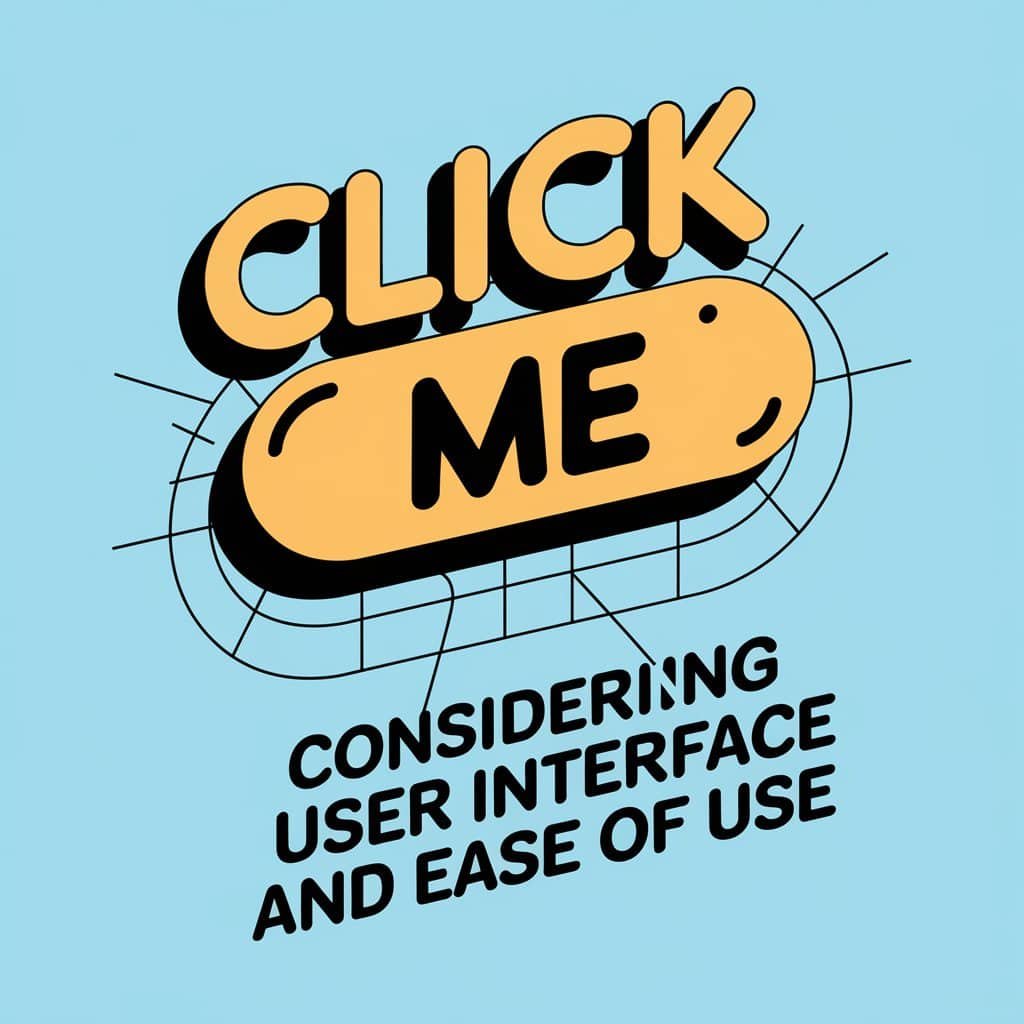
When selecting Optical Character Recognition (OCR) software, the user interface (UI) plays a crucial role in determining how effectively users can navigate and utilize the application. A well-designed UI should be intuitive, allowing users to quickly understand how to perform tasks such as scanning documents and extracting text. This ease of use is particularly important for organizations that may not have extensive technical expertise, as it minimizes the learning curve and enhances overall productivity.
Moreover, the layout and accessibility of features within the OCR software can significantly impact user experience. For instance, software that offers customizable dashboards or quick access to frequently used functions can streamline workflows and reduce the time spent on repetitive tasks. By prioritizing user-friendly design, organizations can ensure that their teams can focus on data extraction and analysis rather than struggling with complex software navigation.
Additionally, considering the availability of support resources is essential when evaluating OCR software. Comprehensive documentation, tutorials, and customer support can greatly assist users in overcoming challenges they may encounter. Organizations should look for OCR solutions that provide these resources, as they contribute to a smoother implementation process and ongoing user satisfaction:
- Intuitive user interface for easy navigation.
- Customizable features to enhance workflow efficiency.
- Access to support resources for troubleshooting and guidance.
Analyzing Cost and Licensing Options
When analyzing cost and licensing options for Optical Character Recognition (OCR) software, organizations must consider their specific needs and budget constraints. Many OCR solutions offer various pricing models, including one-time purchases, subscription-based plans, or pay-as-you-go options. Understanding these models helps businesses select a solution that aligns with their financial capabilities while ensuring they receive the necessary features for effective document processing.
Additionally, organizations should evaluate the total cost of ownership, which includes not only the initial purchase price but also ongoing maintenance, support, and potential upgrades. Some OCR software may appear affordable upfront but could incur higher costs over time due to hidden fees or limited support. By conducting a thorough cost analysis, businesses can avoid unexpected expenses and choose a solution that provides long-term value.
Licensing agreements also play a crucial role in the decision-making process. Organizations should assess whether the software allows for multiple users, how it handles updates, and if it includes any restrictions on usage. A flexible licensing model can accommodate growth and changes in business needs, ensuring that the OCR software remains a valuable asset as the organization evolves:
- Consider various pricing models: one-time purchase, subscription, or pay-as-you-go.
- Evaluate total cost of ownership, including maintenance and support.
- Assess licensing agreements for flexibility and user access.
As businesses embrace OCR, they look ahead. The future holds exciting changes that promise to reshape how we use this technology.
The Future of OCR: Trends and Predictions
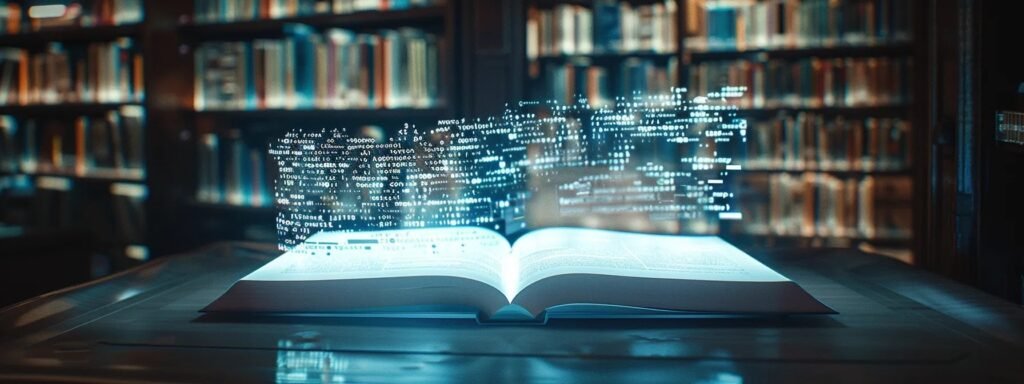
Advancements in multilingual text recognition are set to enhance the accessibility of OCR technology across diverse languages. The impact of deep learning on OCR performance promises improved accuracy and efficiency in text recognition. Additionally, overcoming challenges in handwriting recognition will further expand OCR’s capabilities. Finally, the growing role of OCR in big data analytics highlights its importance in extracting valuable insights from vast amounts of information.
Advances in Multilingual Text Recognition
Advances in multilingual text recognition are reshaping the landscape of Optical Character Recognition (OCR) technology. As businesses operate in increasingly global markets, the demand for OCR systems that can accurately interpret multiple languages has grown significantly. Modern OCR solutions now incorporate sophisticated algorithms that enhance their ability to recognize and process text in various languages, accommodating diverse character sets and writing styles.
These advancements enable organizations to streamline their document processing workflows, regardless of the language used. For instance, OCR software can now effectively handle documents in languages such as Chinese, Arabic, and Spanish, allowing companies to digitize and manage their records more efficiently. This capability not only improves accessibility but also supports better communication and collaboration across international teams.
Furthermore, the integration of machine learning techniques into multilingual OCR systems enhances their adaptability and accuracy. By training on extensive datasets that include various languages, these systems can learn to recognize patterns and nuances in text, leading to improved performance over time. As a result, businesses can rely on OCR technology to extract valuable information from documents in multiple languages, ultimately driving productivity and informed decision-making:
| Advancement | Description | Benefits |
|---|---|---|
| Multilingual Recognition | OCR systems can process text in various languages. | Enhances accessibility and communication in global markets. |
| Machine Learning Integration | Systems learn from diverse datasets to improve accuracy. | Increases efficiency in document processing workflows. |
| Character Set Adaptability | Supports different character sets and writing styles. | Facilitates better management of international records. |
The Impact of Deep Learning on OCR Performance
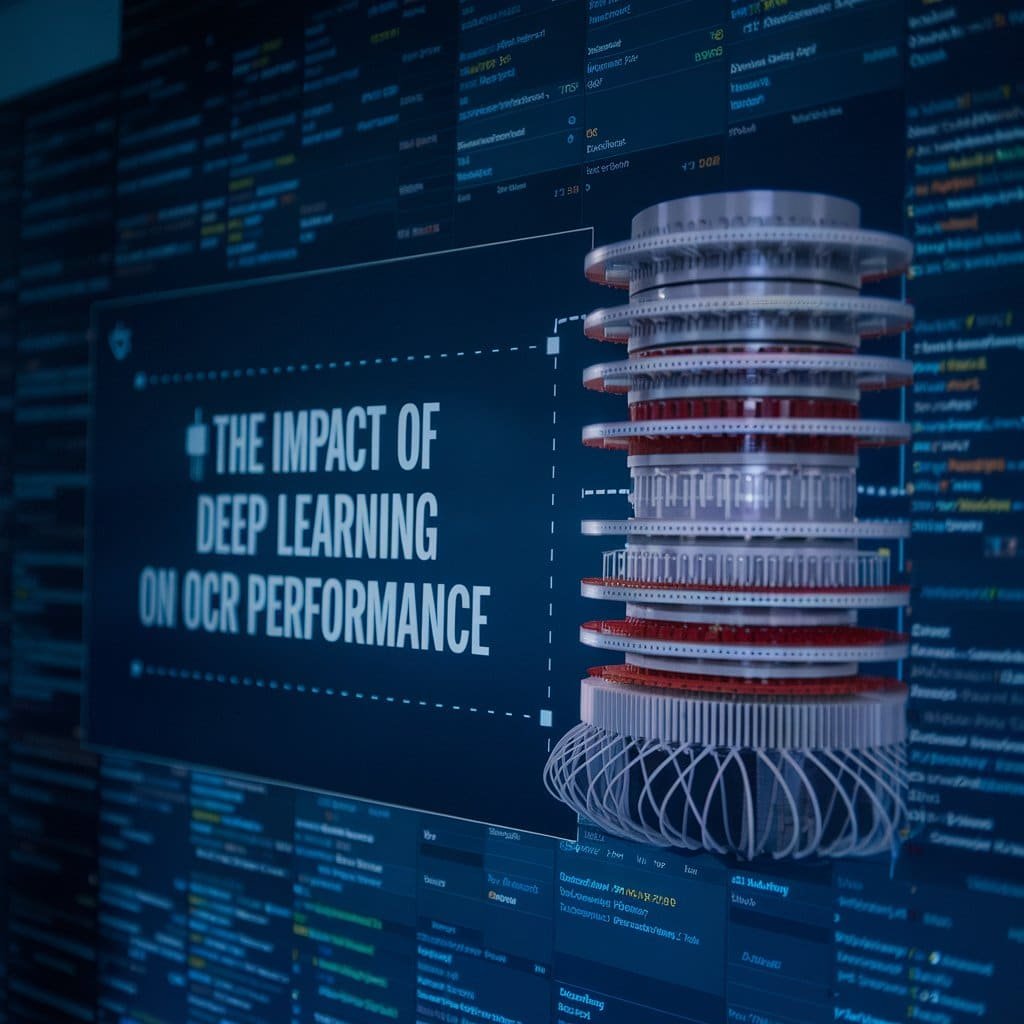
Deep learning has significantly enhanced the performance of Optical Character Recognition (OCR) systems by improving their ability to recognize and interpret text with greater accuracy. By utilizing neural networks, these advanced algorithms can learn from vast datasets, allowing them to adapt to various fonts, styles, and layouts. This capability is particularly beneficial in environments where documents vary widely, such as in legal or healthcare settings, where precision is crucial.
Moreover, deep learning techniques enable OCR systems to better handle complex scenarios, such as recognizing text in noisy backgrounds or distorted images. For instance, when processing scanned documents that may have imperfections, deep learning models can effectively filter out noise and focus on the relevant text. This results in a more reliable data extraction process, reducing the need for manual corrections and enhancing overall efficiency.
As deep learning continues to evolve, its integration into OCR technology is expected to drive further advancements in multilingual recognition and handwriting interpretation. Organizations can leverage these improvements to streamline their document workflows, ultimately leading to better data management and decision-making. The future of OCR will likely see even more sophisticated applications, making it an essential tool for businesses across various industries:
- Enhanced accuracy in text recognition through neural networks.
- Improved handling of complex documents with noise and distortions.
- Advancements in multilingual and handwriting recognition capabilities.
Overcoming Challenges in Handwriting Recognition
Handwriting recognition remains one of the most challenging aspects of Optical Character Recognition (OCR) technology. Variability in individual handwriting styles, including differences in slant, size, and spacing, complicates the task of accurately interpreting text. To address these challenges, developers are increasingly employing machine learning algorithms that can adapt to diverse handwriting patterns, improving recognition rates over time.
Another significant hurdle in handwriting recognition is the presence of noise and distortion in scanned documents. Factors such as poor lighting, low resolution, or background clutter can hinder the OCR process. Advanced preprocessing techniques, including image enhancement and noise reduction, are essential for preparing handwritten documents for accurate recognition, ensuring that the text is clear and legible before analysis.
Furthermore, the integration of user feedback into handwriting recognition systems can enhance their performance. By allowing users to correct misrecognized text, these systems can learn from real-world interactions, refining their algorithms to better handle various handwriting styles. This continuous improvement not only boosts accuracy but also increases user confidence in OCR technology, making it a more reliable tool for digitizing handwritten content.
The Growing Role of OCR in Big Data Analytics
The growing role of Optical Character Recognition (OCR) in big data analytics is becoming increasingly significant as organizations seek to extract valuable insights from vast amounts of unstructured data. By converting printed and handwritten documents into machine-readable formats, OCR enables businesses to analyze text data that was previously inaccessible. This capability allows companies to leverage historical records, customer feedback, and other textual information to inform strategic decisions and enhance operational efficiency.
As data continues to proliferate, the integration of OCR with big data analytics tools facilitates the processing of diverse document types, including invoices, contracts, and reports. For instance, financial institutions can utilize OCR to digitize and analyze transaction records, identifying trends and anomalies that may indicate fraud or operational inefficiencies. This application not only streamlines data management but also empowers organizations to make data-driven decisions that improve their bottom line.
Furthermore, the combination of OCR technology with machine learning algorithms enhances the accuracy and speed of data extraction, allowing organizations to respond quickly to market changes. By automating the analysis of large volumes of text, businesses can uncover insights that drive innovation and competitive advantage. As the demand for actionable intelligence grows, the role of OCR in big data analytics will continue to expand, making it an essential tool for organizations aiming to thrive in a data-driven landscape.
Conclusion
Exploring the depths of Optical Character Recognition (OCR) software applications reveals its transformative impact across various industries, from healthcare to finance. By automating data extraction and enhancing document management, OCR technology significantly improves operational efficiency and accuracy. Its integration with emerging technologies, such as artificial intelligence and cloud solutions, further amplifies its capabilities, making it an essential tool for modern businesses. Understanding and leveraging OCR not only streamlines workflows but also empowers organizations to make informed decisions in a data-driven world.

